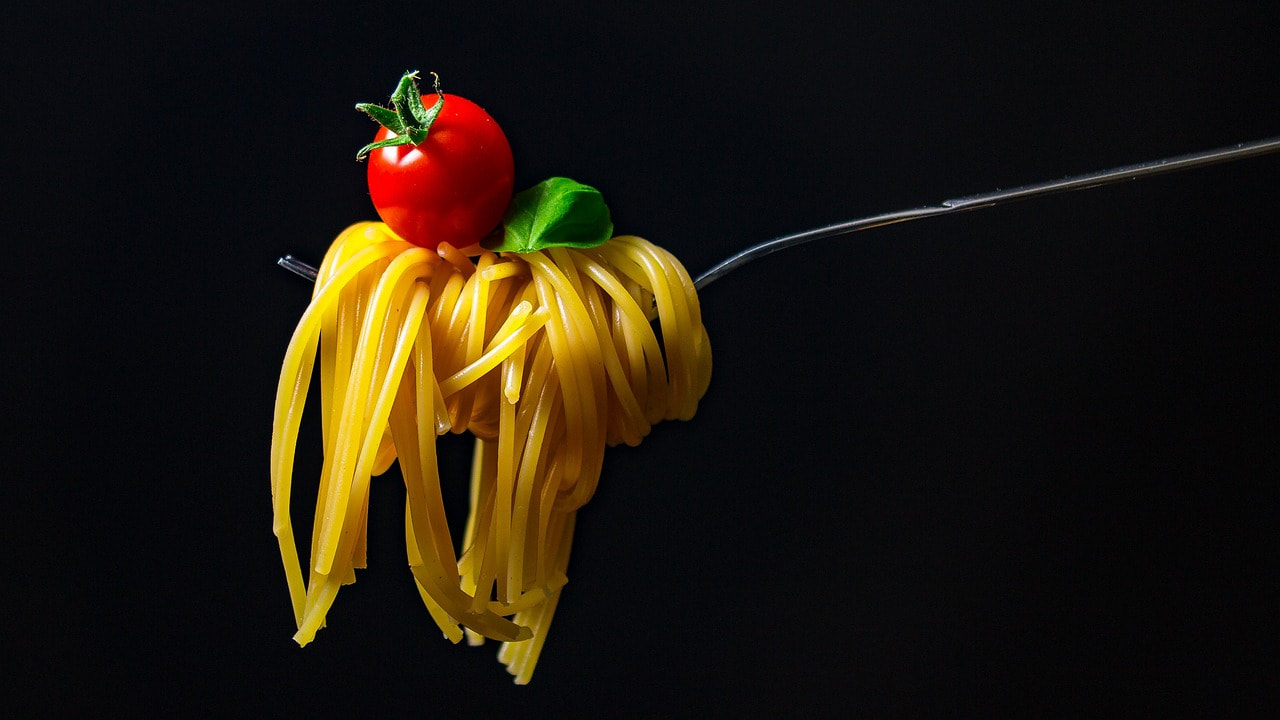|
Italy is recognized for its delicious food, vibrant flavors, and captivating culinary traditions. Italian cuisine delivers a delectable experience for food lovers, with everything from traditional pasta dishes to mouthwatering pizzas and seductive gelato. However, it's necessary to be aware of a few culinary traditions and regional delicacies that might not suit everyone's tastes when discovering the unique gastronomy of Italy. In this post, we'll walk you through several foods and ingredients you might want to steer clear of or use sparingly while enjoying Italian cuisine.
Spaghetti Bolognese You might be shocked to learn that spaghetti bolognese is not a typically Italian cuisine, despite the fact that it is a well-liked dish in many nations. The ragù sauce, or ragù alla bolognese, made famous by the Italian city of Bologna. The typical preparation, meanwhile, is different from that which is typically found outside of Italy. Instead of spaghetti, real ragù alla bolognese is often served with fresh tagliatelle. Chicken Parmesan Another Italian dish that has been altered outside of Italy is chicken parmesan, sometimes known as chicken Parmigiana. In the Italian variation, called Melanzane alla Parmigiana, breaded and fried eggplant is topped with cheese and tomato sauce. Although it is still occasionally served on Italian menus, other regional specialties are more common and more traditional. Cappuccino After 11 AM In Italy, the culture of coffee is treated seriously, and there are norms. A cappuccino, a milk-based coffee, is typically consumed in the morning or with breakfast. Italians choose espresso over milk after a meal because they think it can hinder digestion. After 11 AM, ordering a cappuccino might cause some locals to stare at you strangely. Parmesan Cheese with Seafood Despite being a popular addition to many Italian recipes, shellfish is not frequently served with parmesan cheese. The pairing of Parmesan with fish or other seafood is not common in some areas, especially those that are coastal. Instead, milder sauces and spices are frequently used in seafood meals to accentuate the delicate flavors of the seafood itself. Garlic Bread Contrary to popular opinion, Italian meals do not typically include garlic bread, as it is known outside of Italy. Even though bread is a crucial component of Italian cooking, it is typically only drizzled with olive oil or eaten plain. Butter and garlic-infused garlic bread is more of an international adaption. Fake Gelato Be careful where you purchase gelato when indulging. Some tourist-oriented locales could sell mass-produced or subpar gelato. Avoid gelaterias with brilliant, artificial-looking colors and opt for those with a true display of fresh, natural flavors. Choose artisanal gelaterias that place an emphasis on premium ingredients and traditional production techniques. Italian-American Fast Food Instead than relying entirely on Italian-American fast food options, it's worthwhile to explore the local food scene even though fast food businesses may be convenient and well-known. There are many street food stands, trattorias, and neighborhood restaurants throughout Italy that serve delectable and authentic Italian food. Take advantage of the chance to sample regional dishes and become familiar with the native culinary customs. Italian food offers a wide range of delectable flavors and classic meals. It is a huge and diversified gastronomic environment. You may truly appreciate Italy's unique culinary experience by keeping in mind that some meals have been altered or substituted outside of Italy and by respecting regional customs and preferences.
0 Comments
|



 RSS Feed
RSS Feed